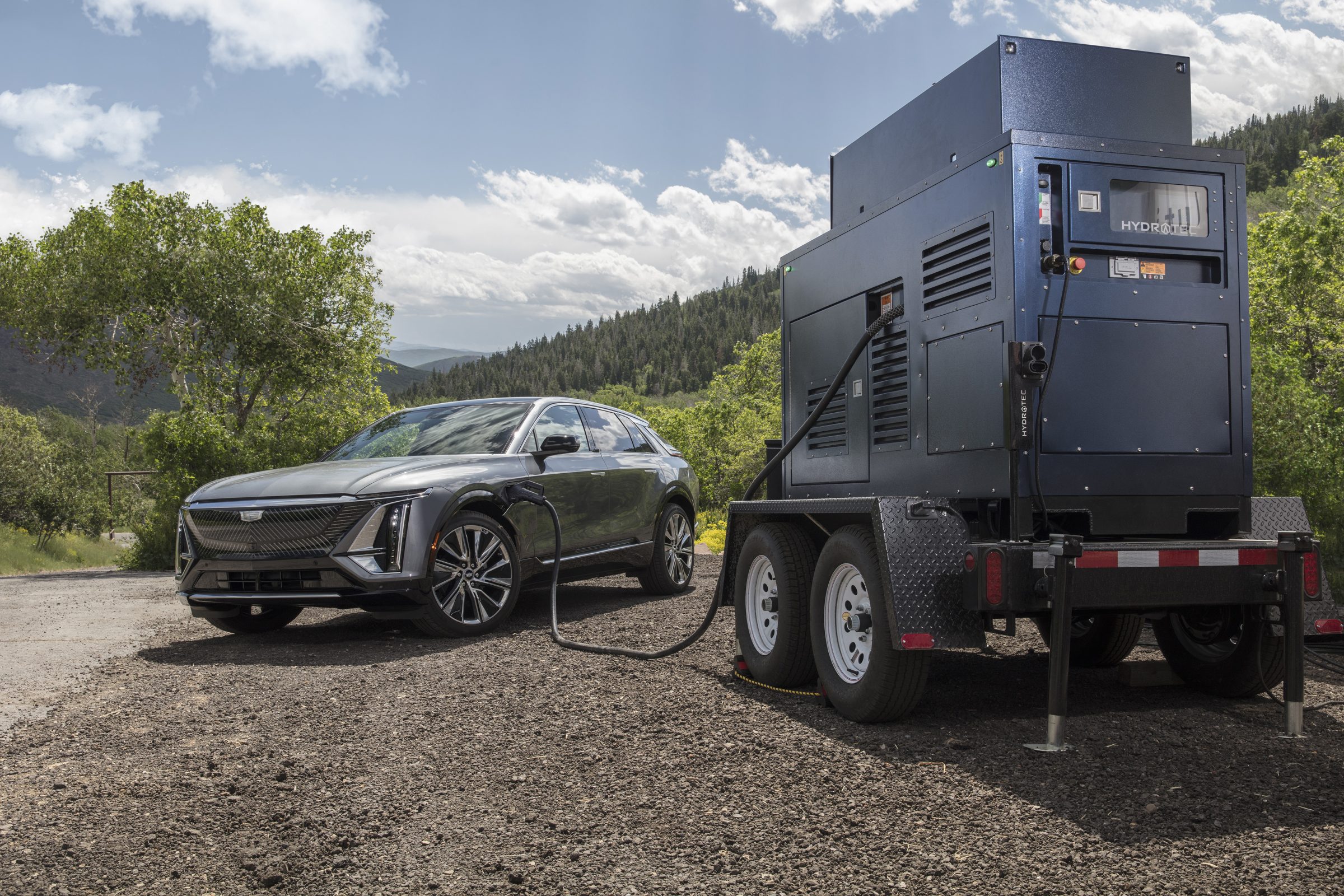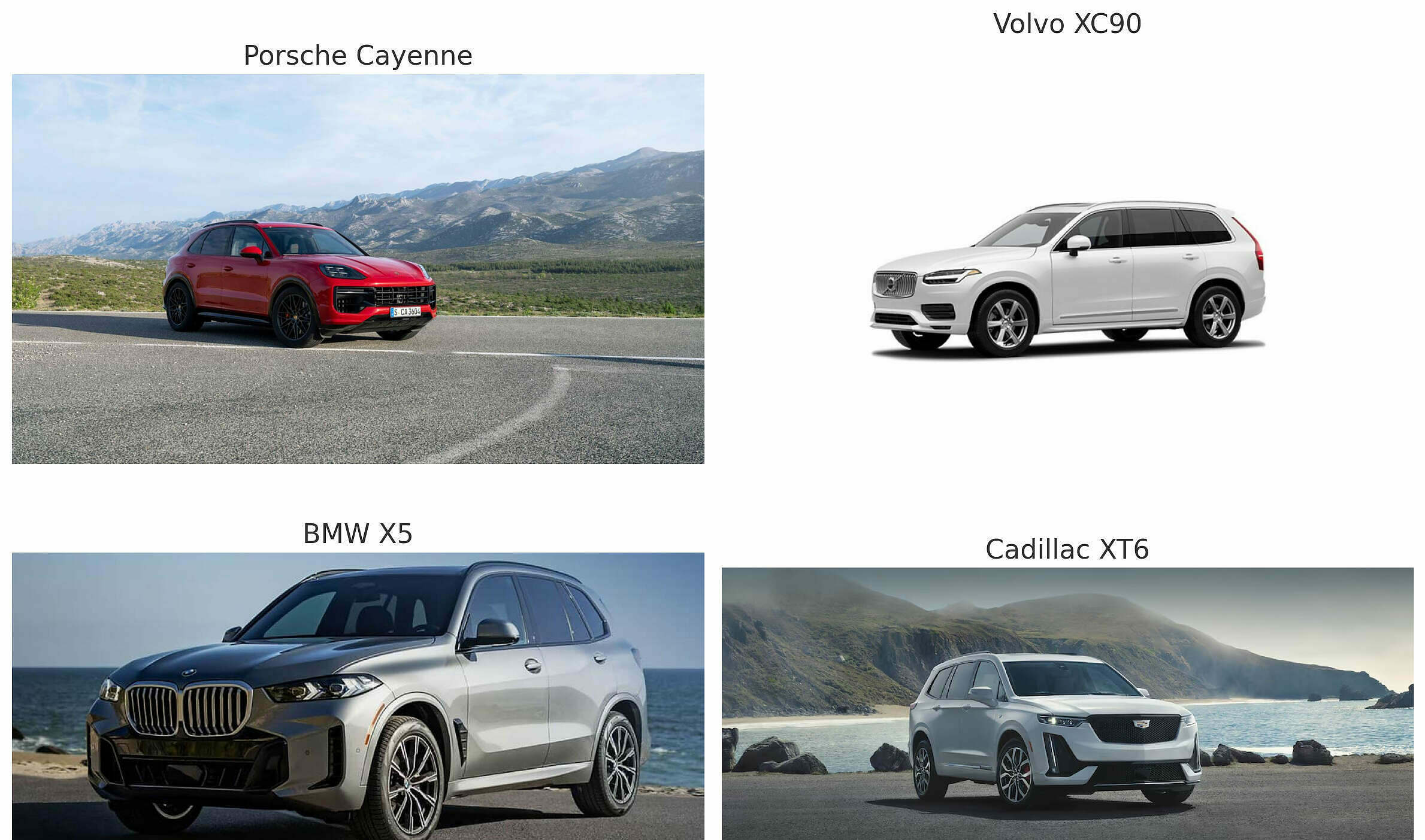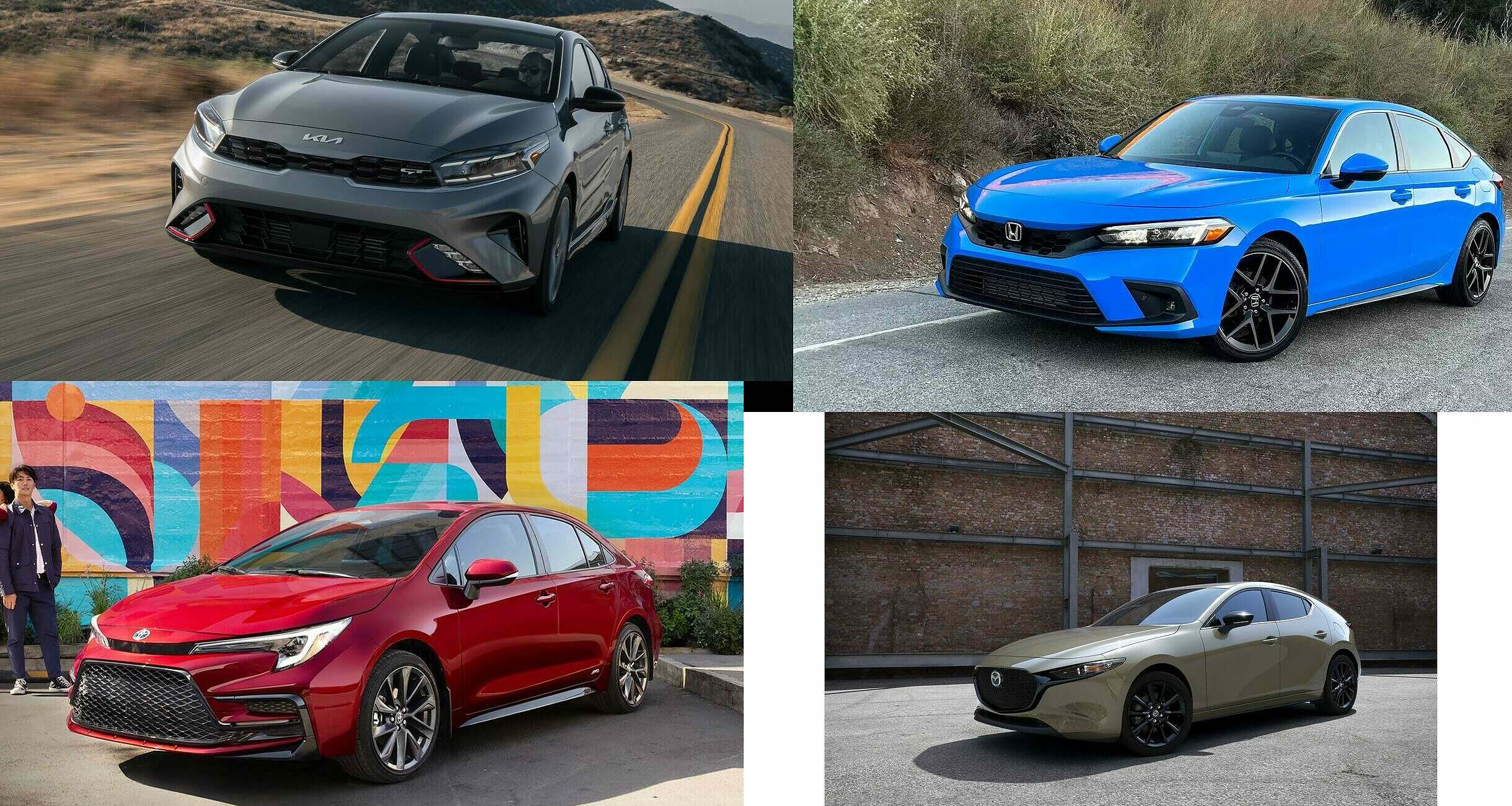One of the most intriguing car advances in recent years is the development of bidirectional charging technology. Unlike traditional, unidirectional charging systems that only allow power to flow from an external source into the vehicle’s battery, bidirectional systems enable power to flow in both directions.
In this article, we’ll delve into what bidirectional charging technology is, and explore its various applications that make it incredibly useful for vehicle buyers.
What is Bidirectional Charging Technology?
Bidirectional charging technology allows not only for the charging of an electric vehicle but also for the vehicle to send power back to the grid or another electrical system.
This two-way flow of electricity is achieved through specially designed chargers and power electronics within the vehicle that can invert DC power from the battery to AC power compatible with the grid. This opens up a realm of possibilities in terms of how electric vehicles interact with their environment.
Benefits to Vehicle Buyers
Energy Backup
In the event of a power outage, a vehicle with a bidirectional charging system can serve as a temporary energy storage solution, providing electricity back to your home. This can be especially useful during natural disasters, making your electric vehicle a mobile emergency power bank.
Cost-Saving
With the right infrastructure in place, vehicle owners can sell excess energy back to the grid during peak times when electricity prices are higher. This could provide an additional revenue stream, helping offset the costs of vehicle ownership.
Energy-Sharing
Bidirectional charging also enables energy sharing between multiple electric vehicles. For instance, if one vehicle in a household is fully charged and not in use, it could transfer some of its energy to another vehicle that needs charging.
Grid Support
On a larger scale, fleets of electric vehicles can act as a collective energy reservoir, helping stabilize the electrical grid by supplying power during high-demand periods and drawing power during low-demand times.
Regulatory and Infrastructure Considerations
It’s worth noting that while the technology for bidirectional charging exists, not all regulatory frameworks and local grid infrastructures are equipped to accommodate it. Certain modifications and upgrades are necessary for widespread adoption, such as smart grid systems that can handle two-way power flows and updated regulations that allow for electricity resale by consumers.
The Future
As electric vehicles become more prevalent, the adoption of bidirectional charging technology is likely to grow. Car manufacturers like Nissan with their Leaf model (2013 and Up) and upcoming players in the EV market are showing interest in incorporating this feature. It’s an exciting time for both the electric vehicle industry and for potential EV buyers, who stand to gain considerably from these advancements.
Conclusion
Bidirectional charging technology is more than just a technological novelty; it’s a pathway toward more efficient and sustainable energy use. From acting as a backup power supply to contributing to grid stability, the benefits are multifaceted and extend well beyond simple vehicle charging. As we move towards a more sustainable future, bidirectional charging is an innovation that brings added utility and flexibility to electric vehicle ownership.
- Ford F-150 Lightning
- Hyundai Ioniq 5
- Kia EV6 Nissan Leaf (Model Years 2013 and Up)
- 2023 Kia Niro EV
- Genesis GV60
- Cadillac Escalade (2024)



